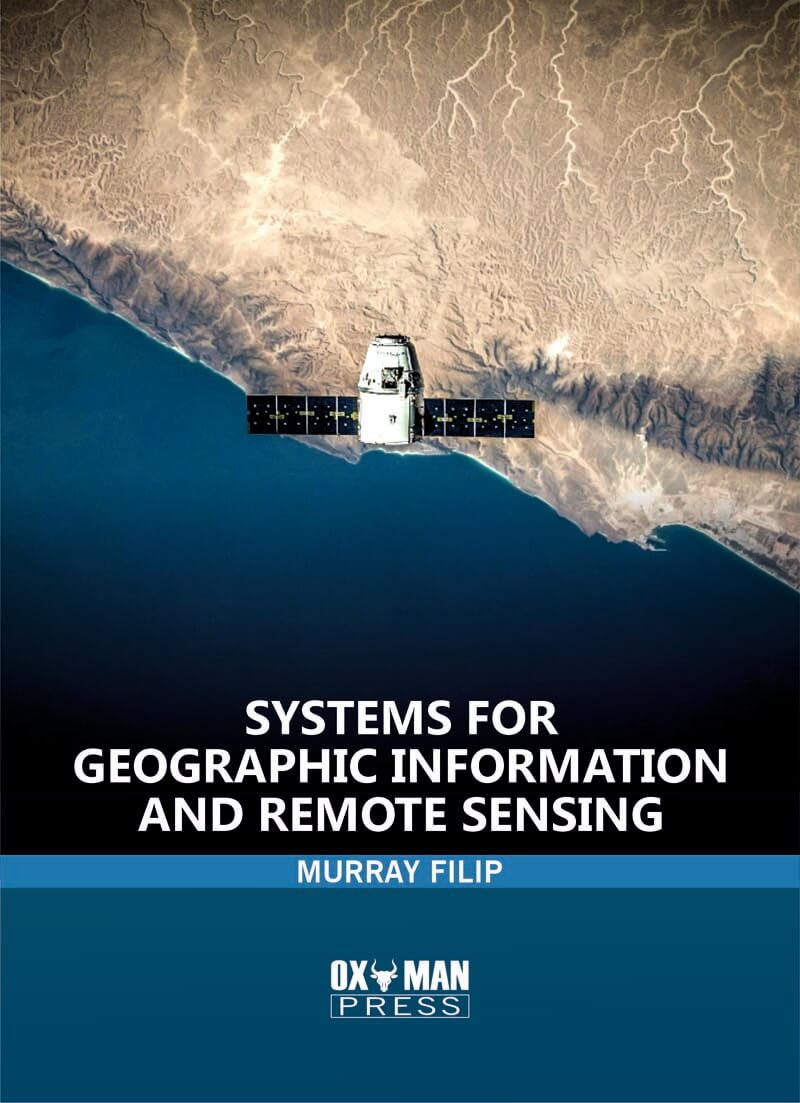Systems For Geographic Information And Remote Sensing
| ISBN | 9781778806939 |
|---|---|
| Author | Murray Filip |
| Publisher | OXMAN PRESS |
| Publication Year | 2023 |
| Category | Computer Science & Information Technology |
| Price | $191.00 |
Murray Filip earned a PhD in engineering from Massey University. He is currently the course coordinator of the Computer Aided Design Centre, Massey University. He has more than 25 years of industrial, teaching, and research experience in the domains of remote sensing, GNSS, GIS, and CAD. He has published many research papers, monographs, and textbooks on remote sensing, GIS, GNSS, and CAD. Murray Filip has been instrumental in initiating a large number of courses on geoinformatics, GNSS, CAD, and related fields. He is a life member of several national and international societies.
